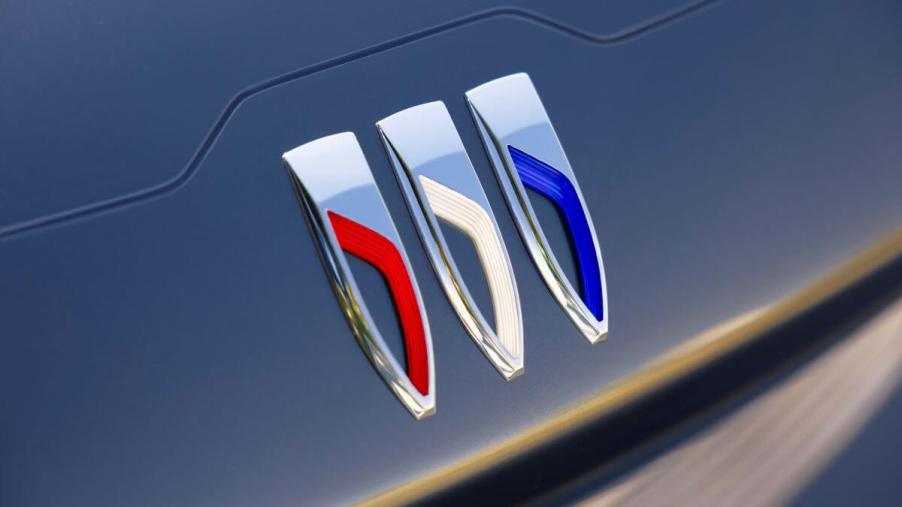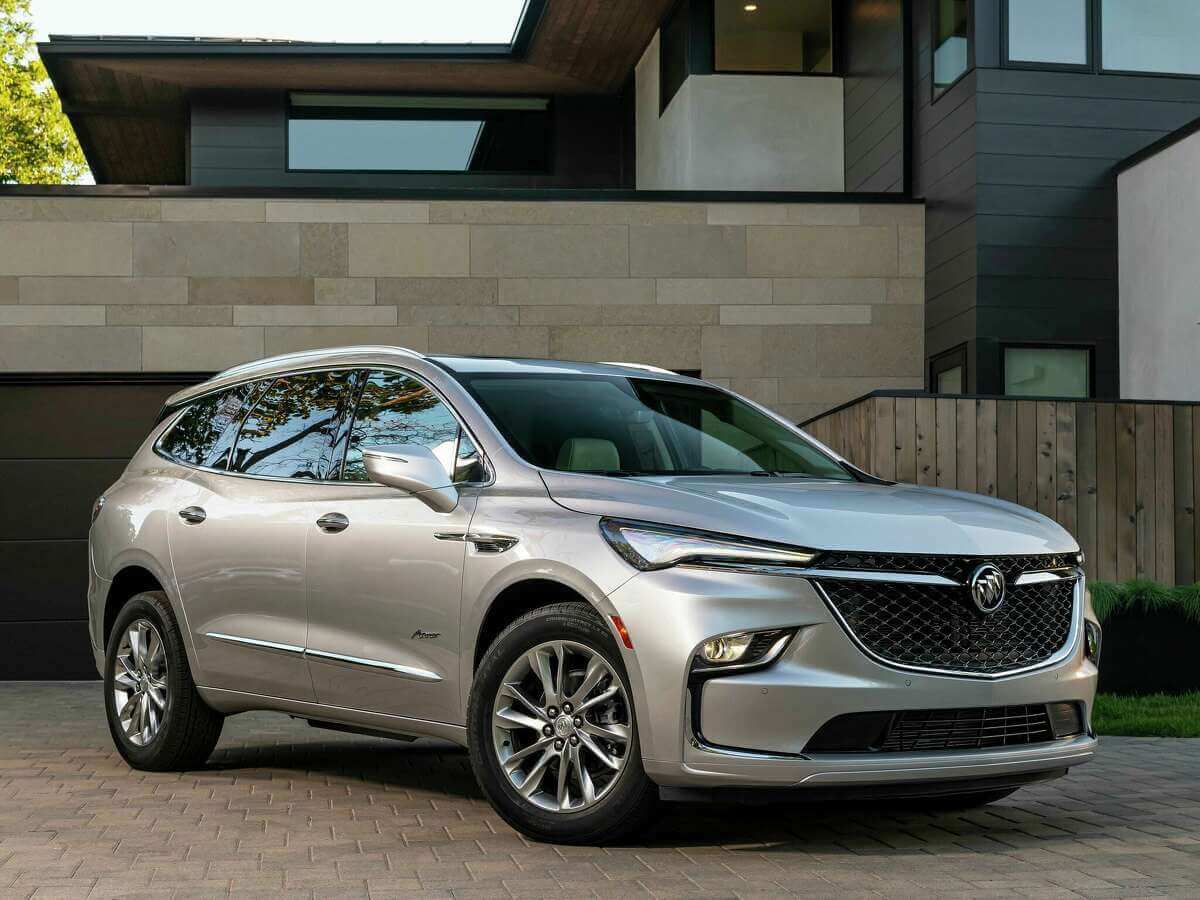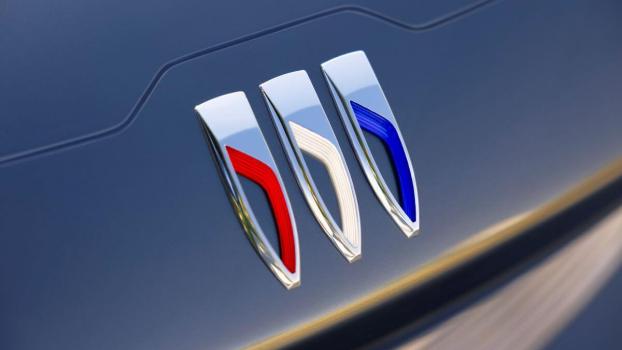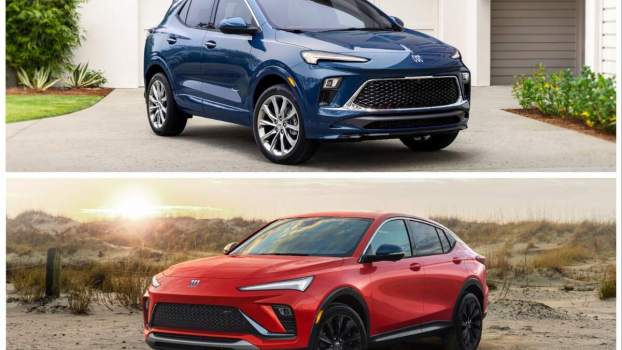
Another Sign That Buick Is Getting What It Wants
Buick had been struggling in the U.S. marketplace for several years. And the beginning of 2023 suggested the downward spiral would continue. But the brand’s fortunes have flipped in the past few months, making the automaker one of the more surprising success stories of the year. Buick sales have improved across the board, with younger buyers leading the automaker’s resurgence.
Buick sales have bounced back in 2023

Buick’s upswing is clear in its U.S. sales numbers. Through the first two quarters of 2023, the company has sold 80,891 units. That’s nearly double the number in the same timeframe last year (48,023) and not far off the company’s total sales in 2022 (103,468).
A turnaround this drastic doesn’t happen off the back of one car. Most of Buick’s models are selling much better than they did in the past 12 months. The Encore GX (18,054), Envision (13,487), and Enclave (9,127) SUVs saw brisker sales in the second quarter of 2023 than in Q2 2022. The one model that saw a decline in the past 12 months is the standard Encore, but that’s likely because buyers are becoming more interested in Buick’s other vehicles.
Buick has finally found an audience with younger generations
So how did Buick boost sales? By appealing to a different demographic.
The brand’s marketing managers say the average age of buyers is now trending younger. That’s in stark contrast to last year, when the average Buick customer was in their mid-50s.
This phenomenon is happening when the rest of the auto industry is going in the opposite direction. The average buyer age has been increasing across the board for other brands, making Buick’s sales even more intriguing.
Buick’s buyer base is noteworthy for another reason: Its demographic includes more women than other car companies. GM Authority reported in February that the brand had the highest percentage of female buyers. With 55% of new registrations coming from women, Buick ranked ahead of Mitsubishi (51.4%), Mini (51.1%), Lexus (50.4%), Infiniti (49.6%), Mazda (49%), and Kia (49%). The industry average is 41.2%.
The strategy is worth keeping
Buick’s poor position is worth reiterating to show how desperate the brand’s situation was going into this year.
General Motors slotted Buick as the midpoint between mainstream brands like Chevrolet and the luxury brand Cadillac. But Buick’s awkward position as a premium brand made its vehicles look too expensive compared with mass-market models and not upscale enough to compete with luxury cars. So sales suffered.
Buick stayed afloat thanks to its higher status in China. The brand became popular by making several famous Chinese political figures’ preferred vehicles and partnering with local manufacturers to build models specifically for the Chinese market. No other GM company had such a deal. Buick was also the first American auto manufacturer to import cars made in China.
The brand’s marketing also struck a chord with younger drivers. The average age of Chinese buyers is under 35. In that context, that Buick drifted toward stateside irrelevance for so long is surprising. Buick’s quality was rarely in question. The brand just had to change how it presented its vehicles. The new strategy appears to be the right one.




